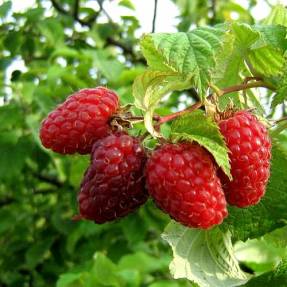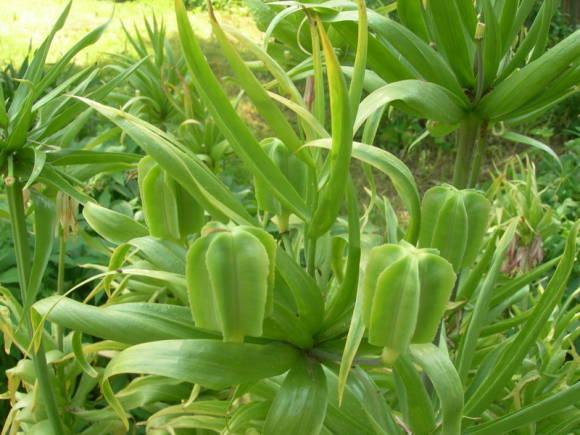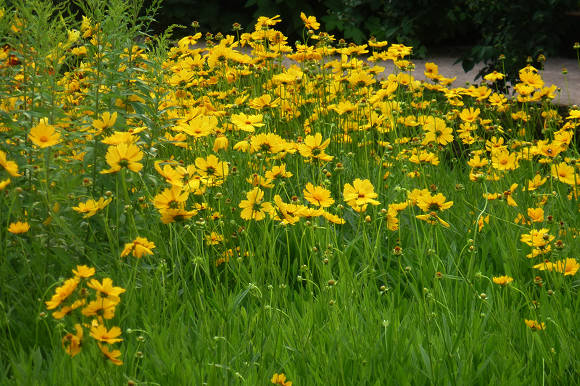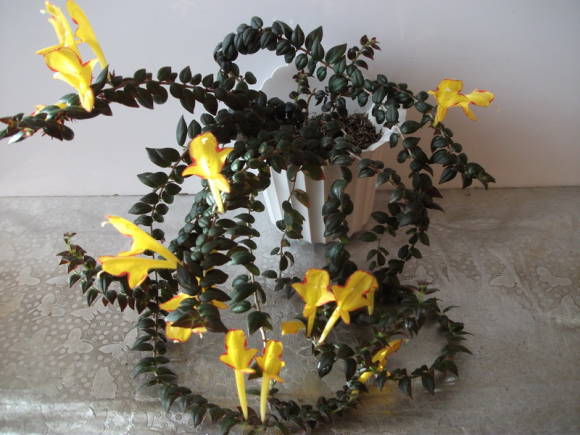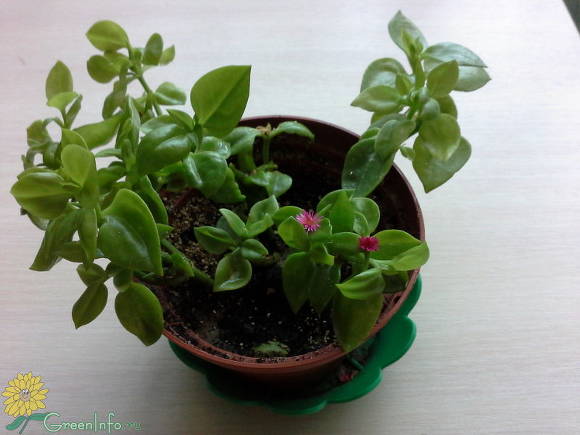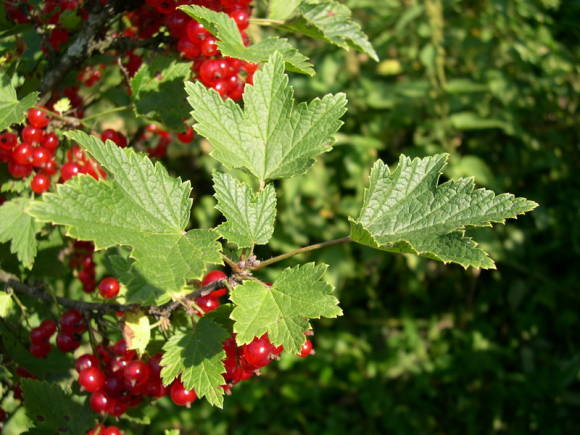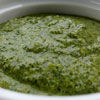You, of course, come across this cute plant both in the meadow and as a weed on the site. And modern creators of the landscape front have included it in the assortment of ornamental plants, however, having previously created several unusual forms. Meanwhile, the plant is very remarkable, it was appreciated by European scientific medicine (the cuff is included in the European Pharmacopoeia 5), and our folk herbal medicine a long time ago.
 |
Botanical characteristics and habitats
Rod cuff (Alchemilla) very diverse and has undergone radical revision by the botanical community in recent decades. The cuff is an ordinary, rather polymorphic species with an extensive range, has turned into a whole section with more than a dozen taxonomic units. An ordinary cuff - the one we are used to in our middle lane, now has many synonyms of Latin names: Alchemillavulgaris, syn. Alchemillaacutiloba Opiz, Alchemillaacutilobavar. stellata Poelt, Alchemillaacutangula Buser.
 |
Ordinary cuff (Alchemillavulgaris) - perennial herb from the Pink family (Rosaceae) 10-50 cm high, but much larger under favorable conditions.
The plant is partially evergreen, that is, some of its leaves come out alive after winter, the leaves are collected in rosettes. Sometimes plants have a red coloration of leaves and petioles. Lobed leaves, 4-22 cm wide, kidney-shaped or circular, have the shape of a cuff or skirt, and the name of this plant, translated from German, sounds like "ladies' coat". The upper plane of the leaf is green, the lower one is gray-green and pubescent.
Flowers collected in inflorescences are green or greenish-yellow in color. Blooms from May to August, depending on the place of growth. Occurs among bushes, on forest edges, in meadows.
Interestingly enough, the number of chromosomes in her can fluctuate - 2n from 102 to 109.
The medicinal raw material of the cuff is the leaves collected from May to July. Dry them in the shade in a well-ventilated area.
Medicinal and useful properties
Common cuff herb contains 2-6% flavonol glycosides, polysaccharides, tannins 5-8% (according to PhEur5 requirements - at least 6%), primarily ellagitanins, the main of which is agrimoniine (3.5-3.8%), as well as laevigatin (0.9%), pedunculagin (1.2%), bitterness.
Preparations from it have venotonic, hypoglycemic (reduce blood sugar), astringent, wound healing, diuretic and anti-inflammatory effects. But the further scientists investigate this small, humble plant, the more of its secrets it reveals.
Employees of the Institute of Clinical and Experimental Lymphology of the Siberian Branch of the Russian Academy of Medical Sciences found a high capillary-strengthening activity of this drug (in a tenfold lower dose it exceeded standard rutin), as well as an adaptogenic effect during extreme cooling of the body, which manifested itself in a decrease in the percentage of death of animals, a decrease in the glucocorticoid reaction of the adrenal glands, a decrease in damage to the lymphoid thymus tissue and its complete restoration during the readaptation period. The drug is practically non-toxic to the body.
A cuff sheet is used for female problems of the climacteric period, both separately and in collections, as well as for uterine bleeding.
In Germany, it is recommended for the treatment of acute gastrointestinal disorders in adults and children for 3-4 days. It is used for lotions for inflammation of the eyelids and weeping eczema, for gargling with inflammation.
Application recipes
 |
However, the cuff can and should be prepared in different ways, depending on the disease. After all, different substances are extracted under different conditions.
So, in the treatment of diabetes, the leaves are prepared in the form infusion... 1 tablespoon of dry raw materials is poured with a glass of boiling water and insisted until cooled, for about 30 minutes.In this case, polysaccharides enter the solution, which reduce the sugar content in the blood. A similar infusion will be useful for atherosclerosis, inflammation of the gastrointestinal tract and arthritis. In addition, polysaccharides have recently been spoken of as substances that stimulate immunity. It is in this form that it is recommended for diabetes.
When a fresh leaf is infused with 95% alcohol, flavonoids get into the solution, and polysaccharides, on the contrary, "get stuck" in the raw material. Accordingly, the effect of alcohol extraction will be completely different. The active ingredients are extracted quite quickly, 24 hours. The tincture is filtered, diluted with water 2 times for ease of use and taken as a capillary-strengthening agent. In terms of activity, such a cuff medicine is superior even to rutin, which is sold in pharmacies for this case. In addition, this remedy improves the condition of the veins and will be useful for varicose veins. The cuff will also be useful in case of a tendency to form hematomas, or, more simply, bruises at the slightest bruise.
In addition, alcoholic extraction, like the infusion of leaves, also has an adaptogenic effect, that is, it increases the body's resistance to adverse conditions, primarily hypothermia. But, given the different composition of the obtained dosage forms, the mechanism of action is most likely different.
It should be mentioned quite separately infusion of cuff leaf on red wine... It is an excellent remedy for food poisoning, anemia, dyspepsia and even obesity. The cuff improves metabolism and promotes the elimination of toxins from the body. With a mild diuretic effect, it prevents fluid retention in the body. Wine infusion is prepared from 30 g of dry raw materials and 1 bottle of red wine. In case of anemia, it is better to give preference to Cabernet. Insist in a dark warm place in a bottle sealed and filled under the very cork for 3-4 days. After that, the infusion is filtered and stored in the refrigerator. Take 1-2 tablespoons on an empty stomach 3 times a day.
Other beneficial properties
The French believe that when feeding the cuff to cows, milk and cheese from it acquire a very unusual taste. Together with primrose leaves, its leaves are brewed as early spring tea, which is drunk to cleanse the body of toxins.
In addition, leaves have long been used for dyeing fabrics in a gray color, but the exact recipe for preparing a dye solution is not given in the literature, so it is not known how to extract the dyes to obtain the desired result.
The cuff rhizomes contain a large amount of tannins and can be useful as a decoction for poisoning, indigestion and intestinal infections.
Such a wonderful plant can be collected next to the house or simply put some kind of decorative form in a mixborder. Her healing effect will be no worse than wild. And most importantly, the plant is so unpretentious that it is even somehow embarrassing to describe caring for it.
Photo by the author
